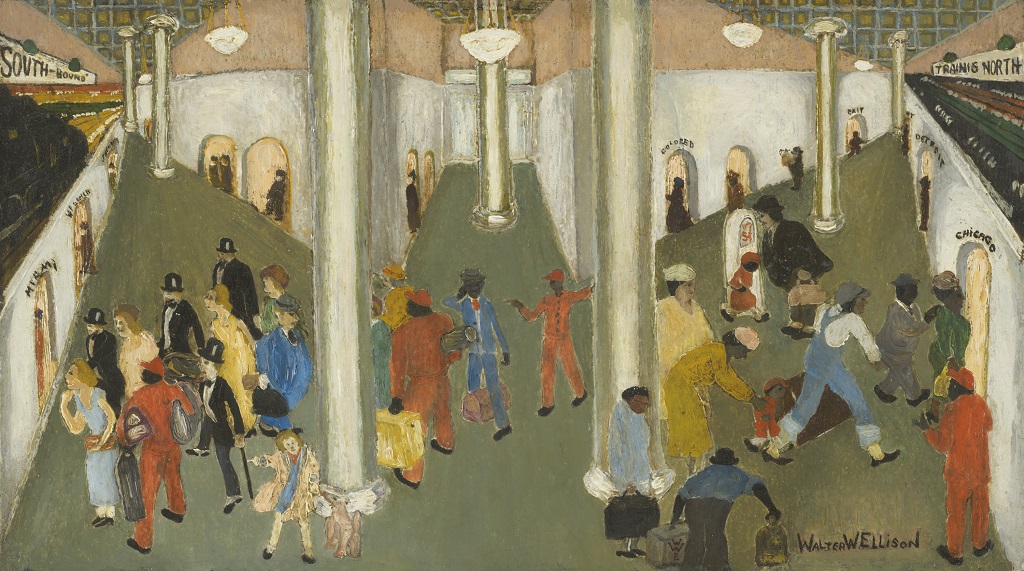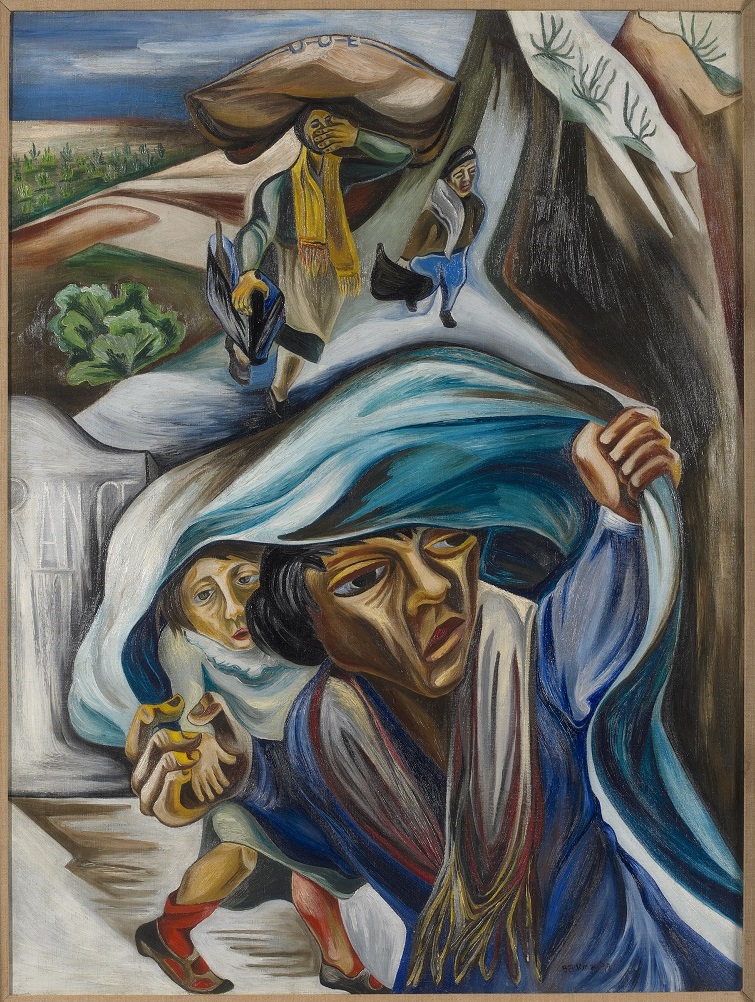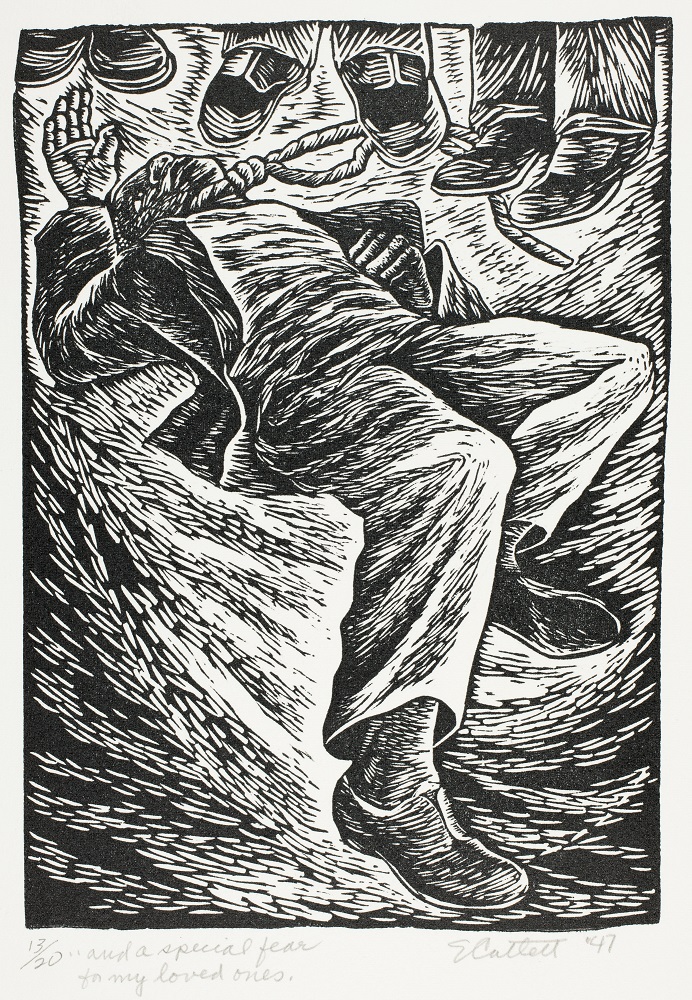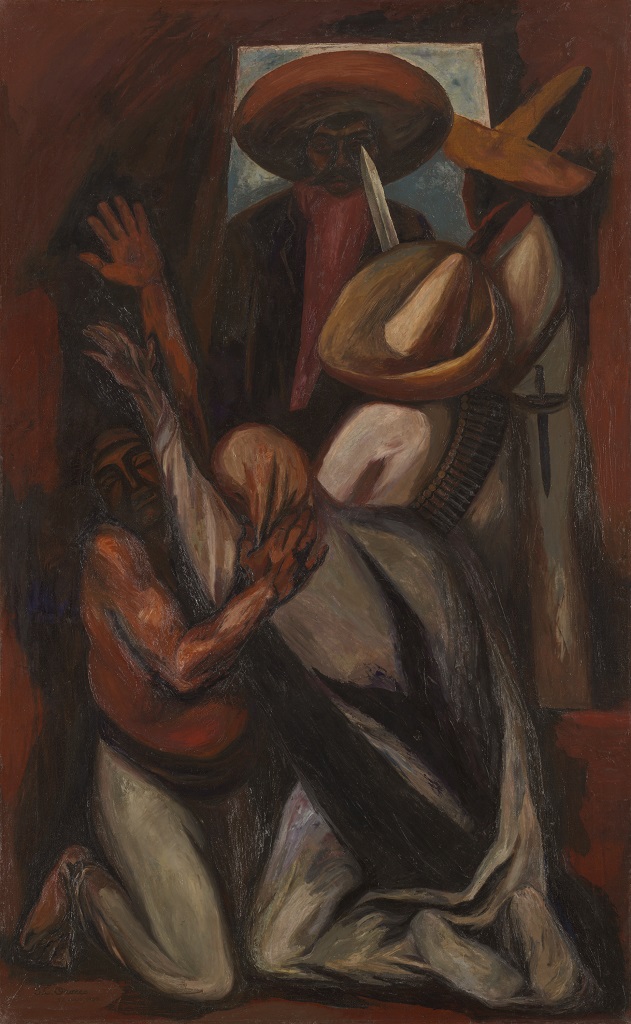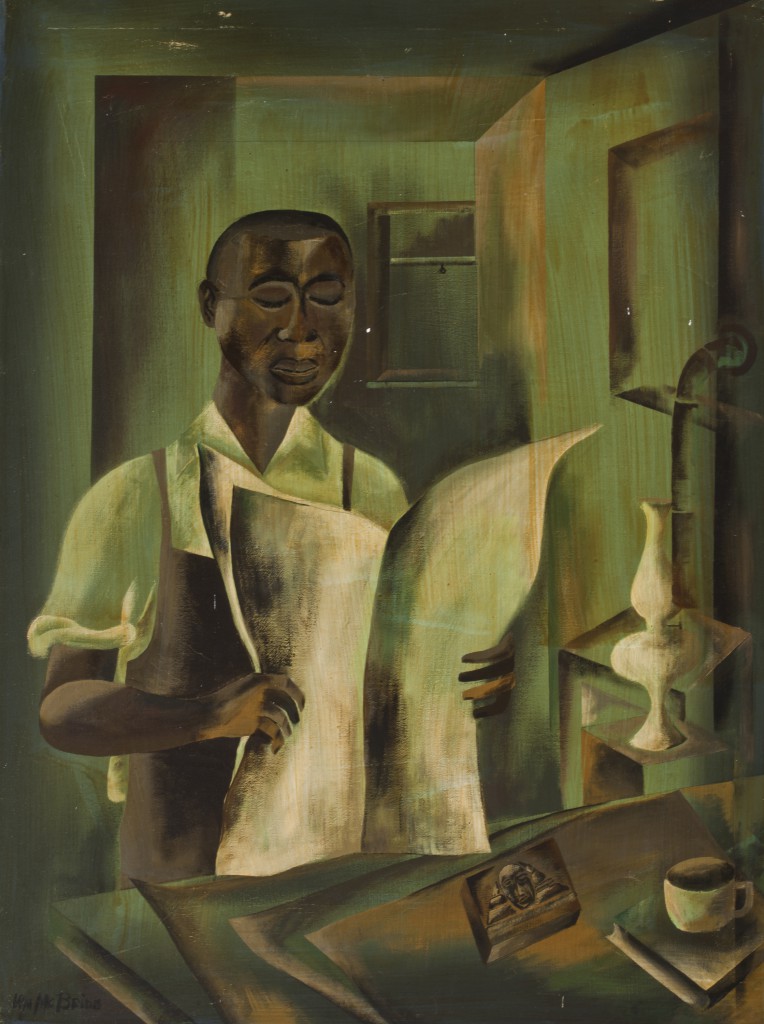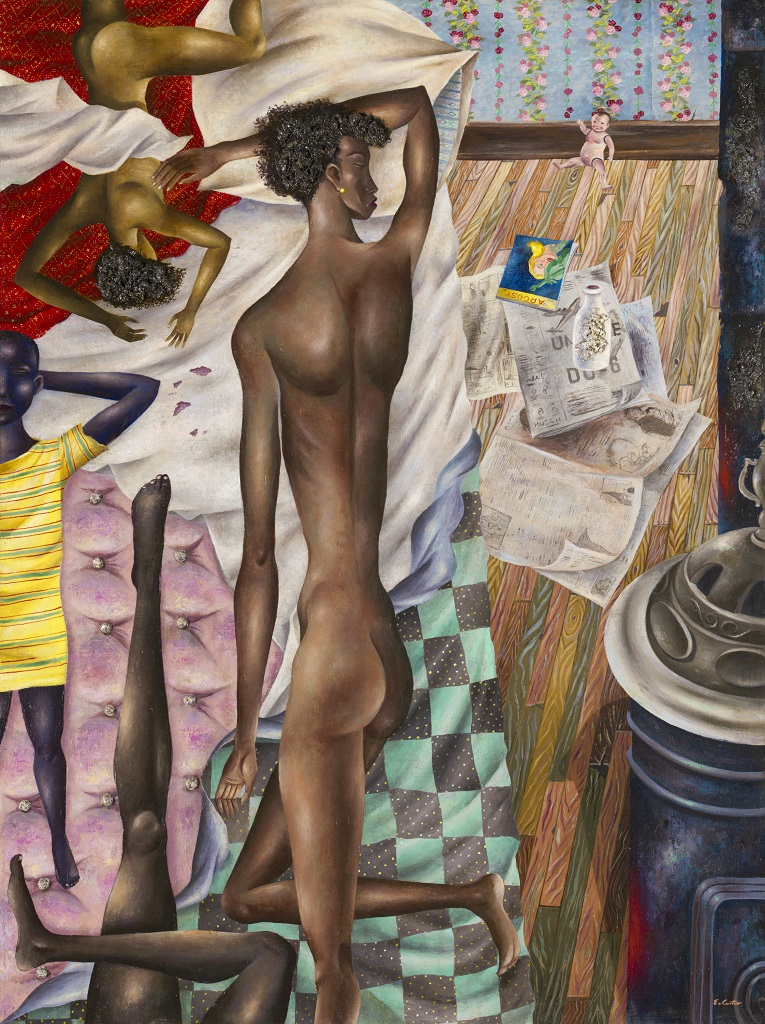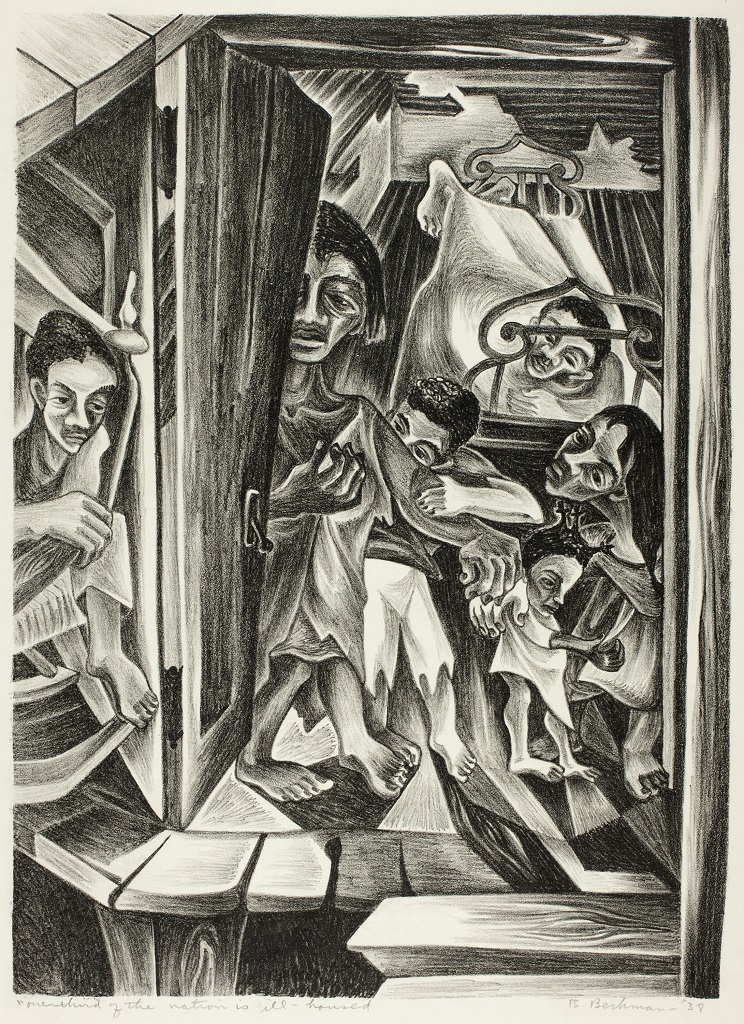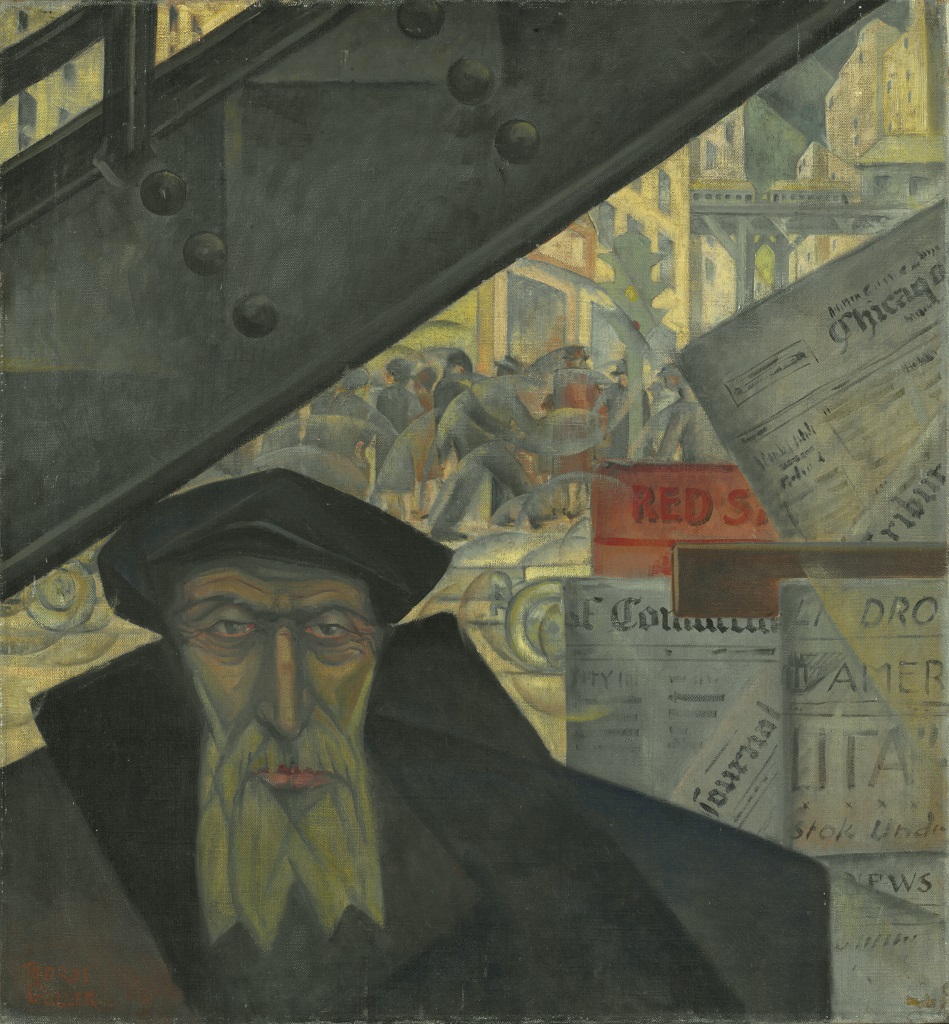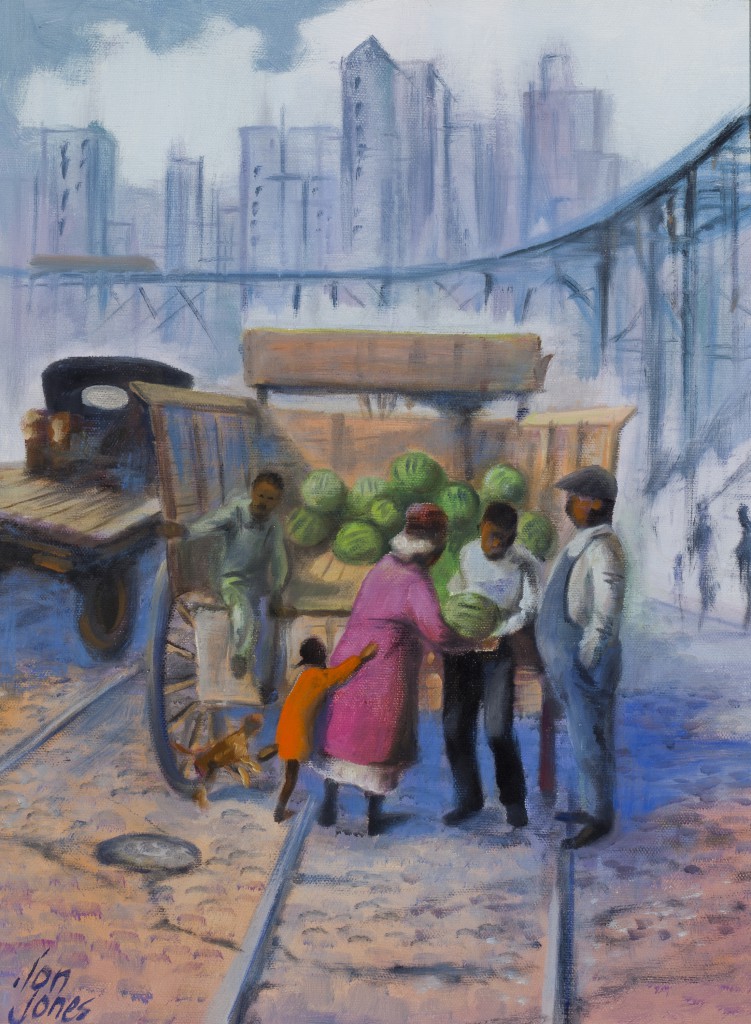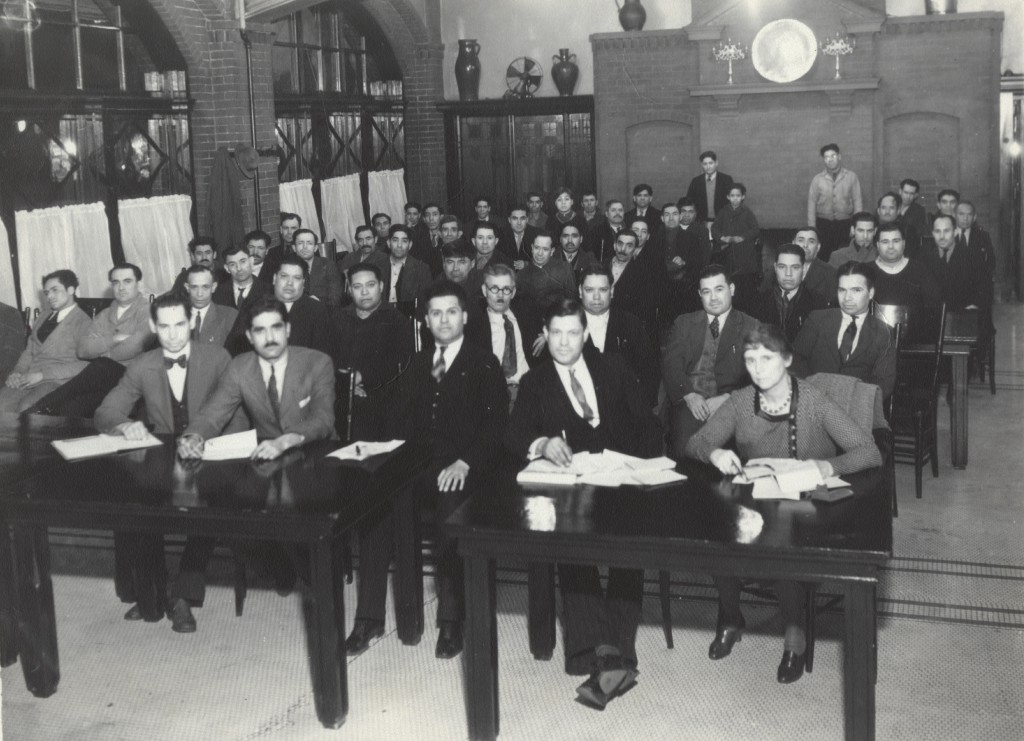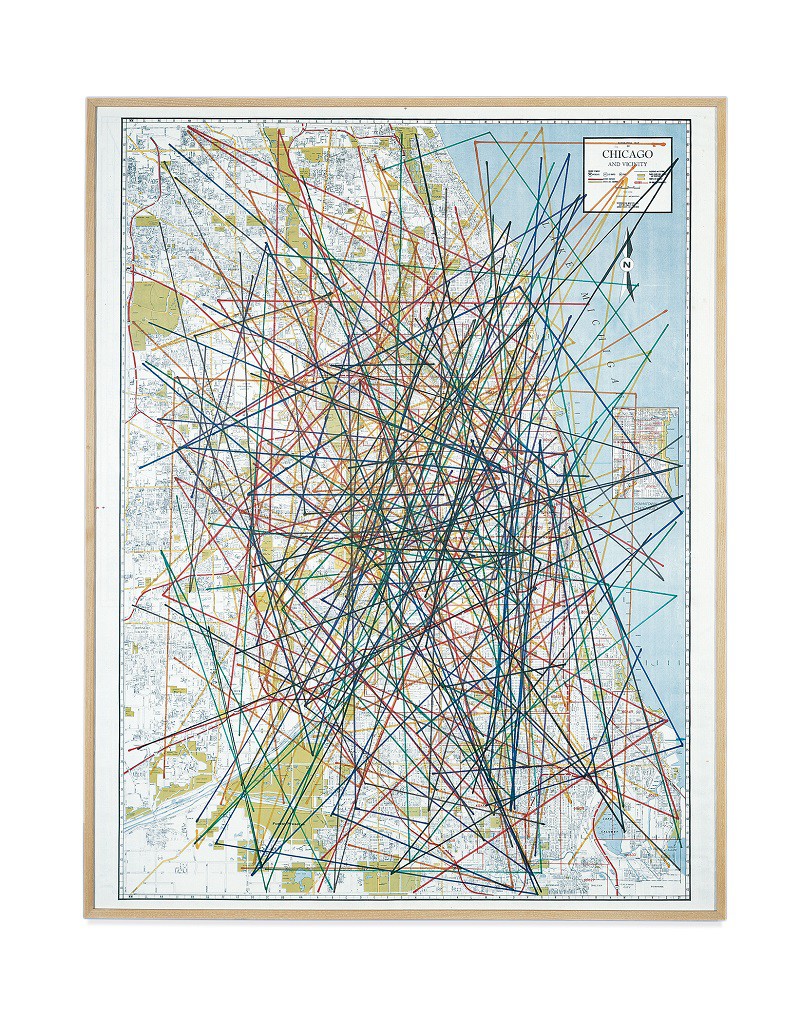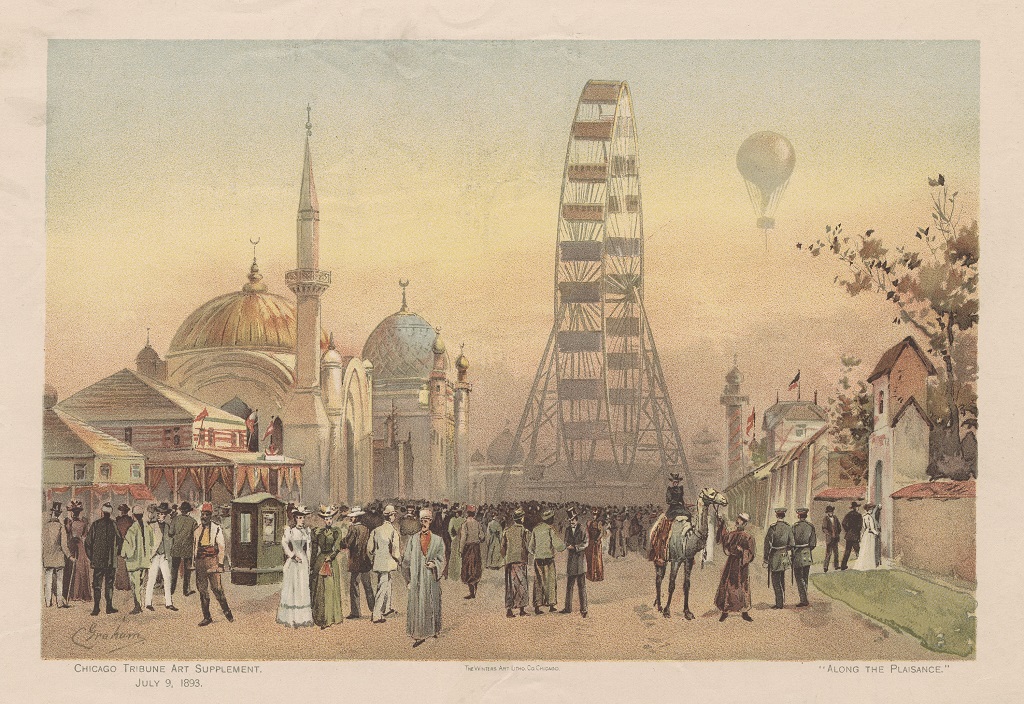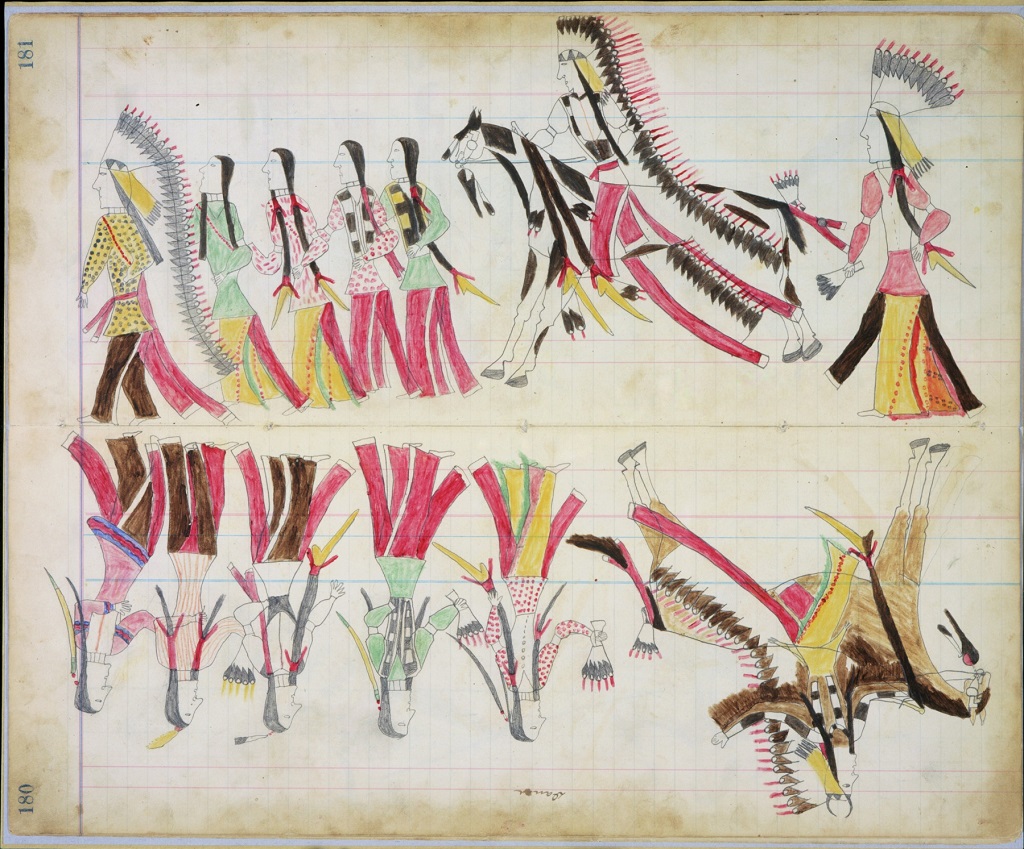Summary
These theme-related lessons explore the motivating forces, expectations, and realities found by Eastern European, Mexican, and African American immigrants and migrants who moved to Chicago from 1890 through 1950, and examine the ways these newcomers adapted to their new home. Students closely examine various works of art, including paintings, photographs, a lithograph, and a linocut, to interpret the artworks and analyze their historical context. They study primary and secondary sources in order to learn more about the conditions faced by those who were building new lives under challenging circumstances in Chicago.
Please note: Some of the primary source materials in these lessons use racially offensive language, present offensive stereotypes, or describe violent acts motivated by racism and prejudice. One of the artworks depicts the aftermath of a lynching. Review the materials ahead of time so you know what to expect. Prepare students by discussing why it is important to examine these sources even though they are troubling. You may wish to describe their historical and social context and explain that the goal of these lessons is to examine the hardships faced by migrants and immigrants in Chicago, which included experiences of racism and other forms of prejudice.
Authors
Irina Zadov, Jane Addams Hull-House Museum
Jennifer Siegenthaler, Terra Foundation for American Art
Dr. Donna Ogle, National Louis University
Rick Cardis, Evanston Township High School
Jessica Marshall, Chicago Public Schools
Nevada Montgomery, DuSable Museum of African American History
Grade Levels: 9–11
Related Art Studies
- Art Study: Train Station
- Art Study: And a Special Fear for My Loved Ones
- Art Study: Jews Fleeing War
- Art Study: Zapata
- Art Study: Robert Abbott Founds the Chicago Defender
- Art Study: One-Third of the Nation is Ill-Housed
- Art Study: The Room No. VI
- Art Study: Strange Worlds
- Art Study: Under the El (train)—Selling Watermelons
- Art Study: Naturalization Class with Miss Binford in Coffee Shop, 1920s–1930s
Related Lessons
The lessons related to this theme are listed below in a suggested sequence, but you may choose to teach just one lesson or any combination of them.
The Great Migration and Walter Ellison’s Train Station
Time Needed: 2 class periods, 40–50 minutes each
Summary: Students practice art interpretation by examining Walter Ellison’s 1935 painting Train Station. They watch a video that explores the role of metaphor in the painting and discusses the historical context of the Great Migration. A close reading of an informational text about the painting deepens students’ understanding of the artwork and prepares them to write narratives about the Great Migration.
Works of Art
Essential Questions
- What hopes and expectations do migrants and immigrants carry with them upon arrival in a new place?
- How does an artist communicate a story?
- How can art and primary source documents help us better understand the experiences of migrants and immigrants?
Enduring Understandings
- Artists make choices using line, color, form, shape, texture and pattern to tell stories, share ideas, and convey emotion.
- Through the process of carefully looking at and thinking about art, we can interpret these visual clues to understand an artist’s intent. However, critical visual literacy does not rely on observations alone. Research into the context in which a work of art was created and the artists’ biography deepens our understanding of that artwork.
Push and Pull Factors for Chicago Immigrants, 1890–1950
Time Needed: 5 class periods, 40–50 minutes each
Summary: Students analyze artwork and primary sources to compare and contrast the way various texts address the factors that pushed and pulled immigrants and migrants to Chicago and other U.S. cities in the late 1800s and early 1900s. They consider why African Americans in the South, Mexicans, and Eastern European Jews left their homes, and why Chicago and other U.S. cities were desirable destinations. As a concluding activity, students write narratives that illustrate the push and pull factors that led migrants and immigrants to Chicago.
Works of Art
- Elizabeth Catlett, And a Special Fear for My Loved Ones
- Bernece Berkman, Jews Fleeing War
- José Clemente Orozco, Zapata
- William McBride, Robert Abbott Founds the Chicago Defender
Essential Questions
- What factors can cause people to leave their homes and move to a new and different place?
- What hopes and expectations do immigrants carry with them upon arrival in a new place?
Enduring Understandings
- Immigrants and migrants moved to Chicago and other American cities, pushed by economic and social strife, and pulled by hopes and expectations of freedom and economic opportunity.
- Immigrants and migrants came to Chicago and other American cities from many different places. They had some common motivations and expectations and some that were unique.
Housing Conditions for New Arrivals in Chicago
Time Needed: 4–5 class periods, 40–50 minutes each
Summary: Students use artworks, primary and secondary sources, literary texts, and maps to examine life in Chicago for newly arrived immigrants and migrants during the early 1900s. They conduct research to analyze housing conditions and the effects of racially restrictive housing covenants. As a concluding activity, students write a letter to Chicago Mayor Edward J. Kelly with recommendations for improving the living and working conditions of Chicago’s immigrants and migrants.
Works of Art
Essential Questions
- What was the reality of life in Chicago for newly arrived immigrants and migrants during the early 1900s?
- How does where you live and work reflect and/or affect your perceived status in society?
Enduring Understandings
- Housing conditions in Chicago were often overcrowded, unsanitary, and unsafe for newly arrived immigrants and migrants, especially for the African American community.
- The “Black Belt” area of Chicago was not an accidental occurrence, but rather a result of policy of restrictive covenants, designed to limit where African Americans could live.
Cultural Adaptation and the Process of Assimilation in Chicago
Time Needed: 4–5 class periods, 40–50 minutes each
Summary: People who migrated or immigrated to Chicago in the late 1800s and early 1900s encountered many challenges and opportunities. Through the artwork and primary sources presented in this lesson, students analyze how these newcomers adapted to their new environments and went through a process of assimilation that had both costs and benefits. To conclude the lesson, students create a layered collage that depicts the processes of adaptation and/or assimilation.
Works of Art
- Todros Geller, Strange Worlds
- Jon Jones, Under the El (train)—Selling Watermelons
- Wallace Kirkland, Naturalization Class with Miss Binford in Coffee Shop, 1920s–1930s
Essential Questions
- In what ways do individuals and groups adapt when they move to a new home?
- In what ways did migrants and immigrants assimilate as they established themselves in Chicago in the late 1800s and early 1900s?
Enduring Understandings
- For migrants and immigrants, the process of adapting to life in a new place is affected by their interactions with the dominant culture, as well as how they perceive and are perceived by the dominant culture.
- The process of assimilation had both costs and benefits for migrants and immigrants who arrived in Chicago in the late 1800s and early 1900s.
Common Core State Standards Over Four Lessons
Anchor Standards in Reading: http://www.corestandards.org/ELA-Literacy/CCRA/R/
- CCSS-ELA Reading Anchor Standard 1: CCSS.ELA-LITERACY.CCRA.R.1
- CCSS-ELA Reading Anchor Standard 7: CCSS.ELA-LITERACY.CCRA.R.7
- CCSS-ELA Reading Anchor Standard 9: CCSS.ELA-LITERACY.CCRA.R.9
Anchor Standards in Writing: http://www.corestandards.org/ELA-Literacy/CCRA/W/
- CCSS-ELA Writing Anchor Standard 1: CCSS.ELA-LITERACY.CCRA.W.1
- CCSS-ELA Writing Anchor Standard 3: ELA-LITERACY.CCRA.W.3
- CCSS-ELA Writing Anchor Standard 9: CCSS.ELA-LITERACY.CCRA.W.9
Anchor Standards in Speaking and Listening: http://www.corestandards.org/ELA-Literacy/CCRA/SL/
- CCSS-ELA Speaking and Listening Anchor Standard 1: CCSS.ELA-LITERACY.CCRA.SL.1
- CCSS-ELA Speaking and Listening Anchor Standard 4: CCSS.ELA-LITERACY.CCRA.SL.4

